Women suffering from female pattern hair loss have had few treatment options, until recently. Men suffering from male pattern hair loss can take the medication finasteride, which is not an option for women who are experiencing female pattern hair loss. Female pattern hair loss is characterized by diffuse thinning across the entire scalp. Hair transplantation is not an ideal alternative because the surgery itself can potentially harm a considerable number of existing hairs, resulting in little benefit, and potentially more hair loss.
Although minoxidil and spironolactone are medications used to treat female pattern hair loss, there is another option that can be quite beneficial. I’ll talk about how we treat female pattern baldness without the use of minoxidil or spironolactone.
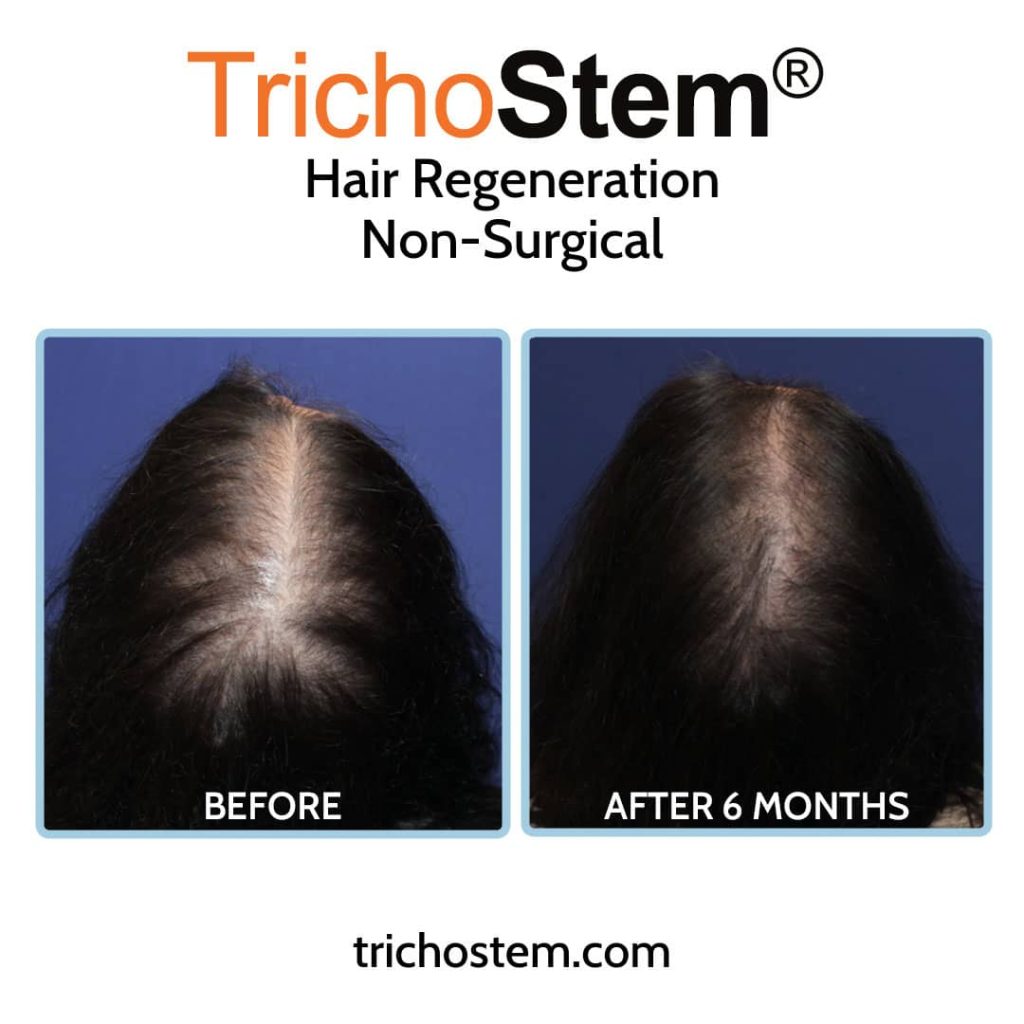
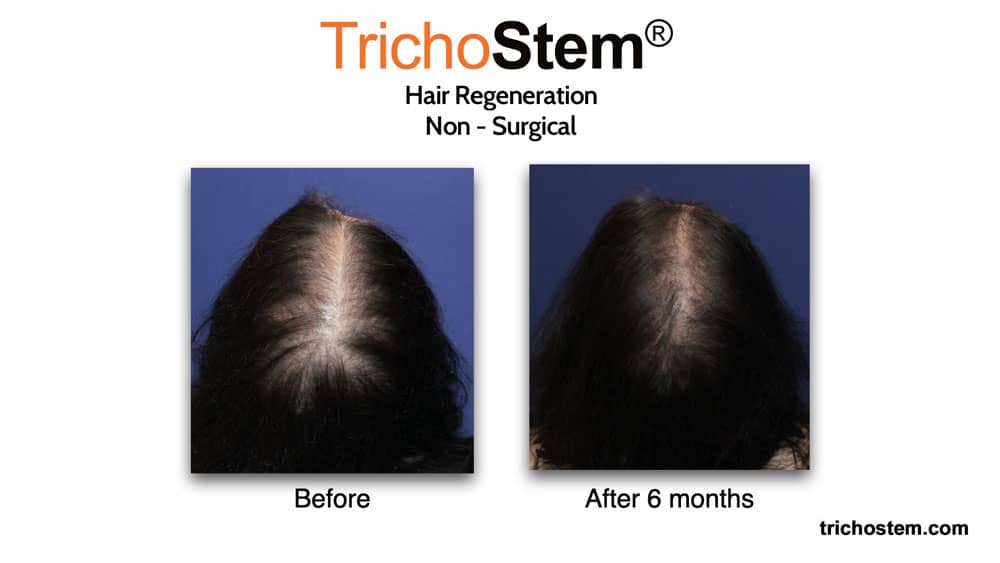
Throughout my career, I’ve performed hair transplant surgery, and have prescribed finasteride to my male pattern hair loss patients since 1997. Hair transplant surgery can be disappointing because, despite precise surgery, a certain percentage of hair grafts just do not grow, so as a result, patient satisfaction suffers. I began employing a wound healing material called extracellular matrix by the company ACell in an effort to attain patient happiness in hair transplant surgery equivalent to the level of satisfaction my patients experience with my cosmetic treatments, such as facelifts, and eyelid surgery.
I have utilized the same material to improve healing for incisions used in facelift surgery, with excellent results. A year after using this material for hair transplant surgery, I realized that the thinning hair that wasn’t transplanted had come in thicker. Since roughly 2011, I’ve spent several years researching dosage and customized treatments for the non-surgical treatment of male and female pattern hair loss

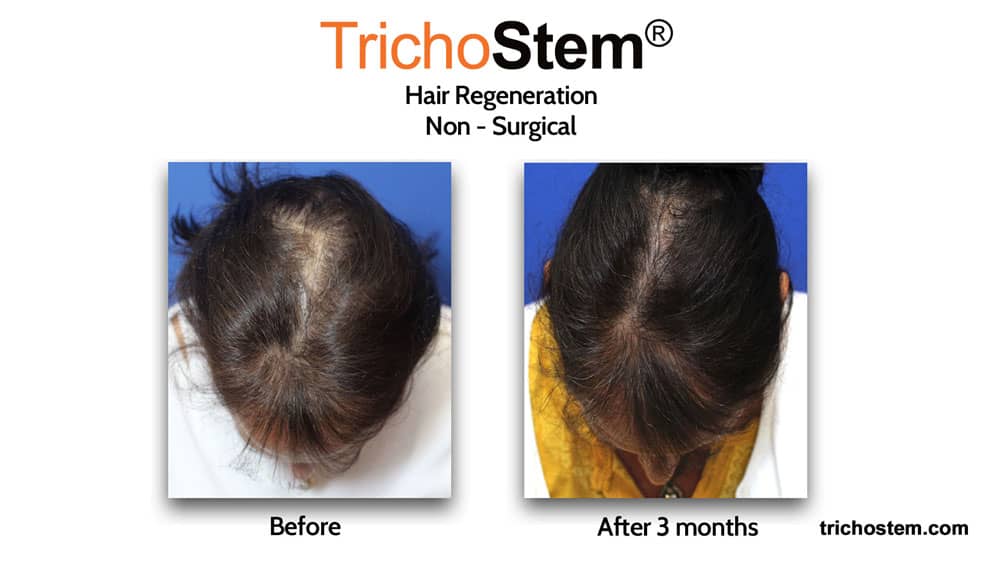
The treatment system I developed is called TrichoStem Hair Regeneration. Inspired by my patients’ 99% success rate in terms of improved hair coverage, I constructed a free-standing institution in Northern Virginia dedicated solely to non-surgical hair loss treatment.
Why Minoxidil and Spironolactone May not be Effective Treatments for Hair Loss
Minoxidil, which has been used to treat hair loss since the 1980s, is widely acknowledged. In my experience, both men and women that I see for hair loss find minoxidil to be ineffective, while also causing scalp discomfort. They often share that their hair becomes matted, making it appear much thinner.
Spironolactone is a testosterone blocker that is occasionally used to treat female pattern hair loss. In my experience, spironolactone has provided no noticeable improvement to my female pattern hair loss patients.
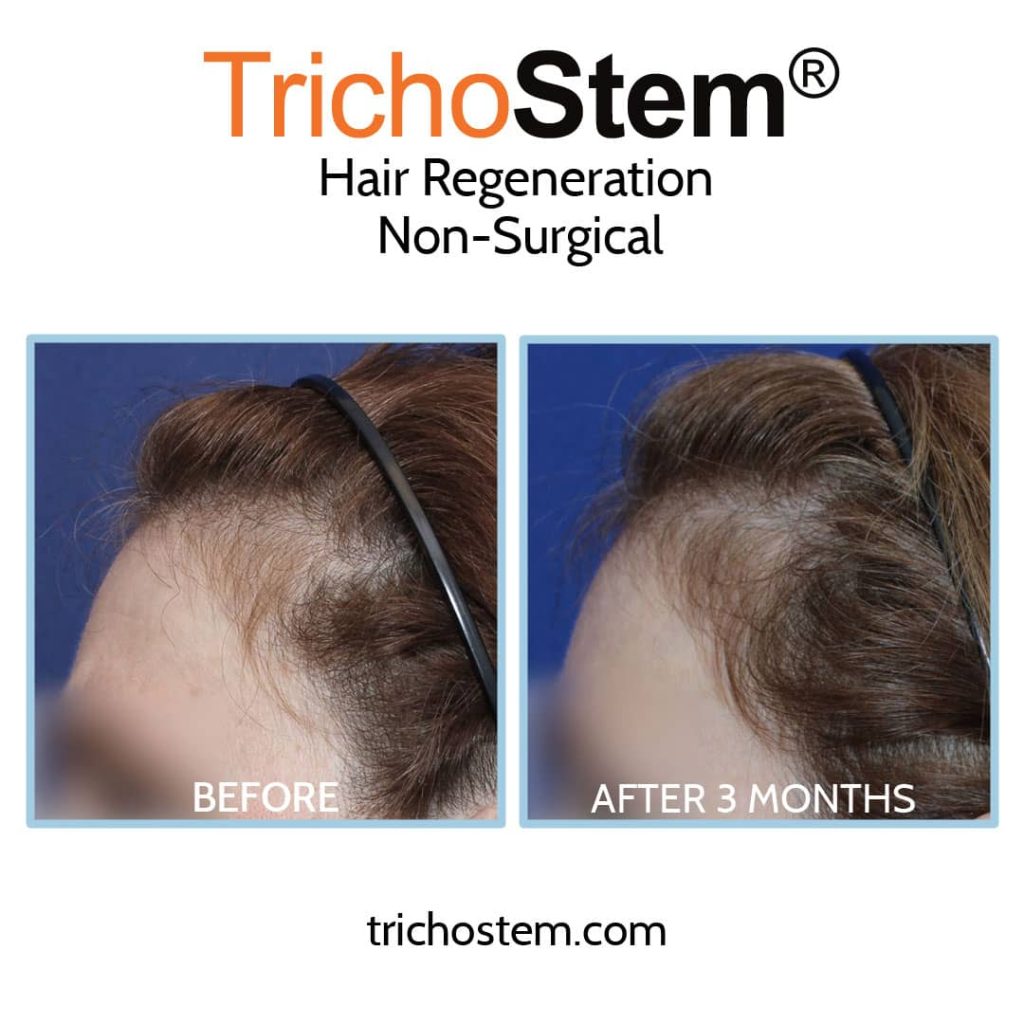
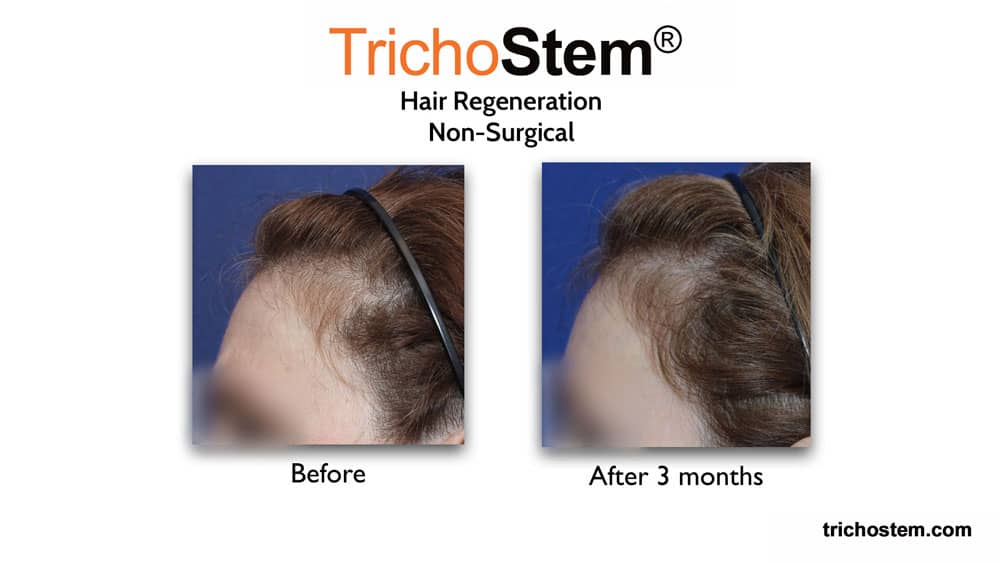
Women have significantly lower testosterone levels than men, therefore it’s unlikely whether limiting testosterone would have any substantial impact, unless the testosterone level was extremely high. Women’s hair loss increases with age, with 50% of women over the age of 50 having hair loss, which is consistent with the decrease in estrogen associated with menopause.
The fact that estrogen promotes hair growth is well documented. This has happened in our clinic with patients who were using estrogen supplements. We also have a considerable percentage of women under the age of 50 who suffer female pattern hair loss, often known as androgenetic alopecia. We’ve also assisted several women suffering from polycystic ovarian syndrome, or PCOS. As I previously stated, I developed a hair loss treatment technology called TrichoStem Hair Regeneration.
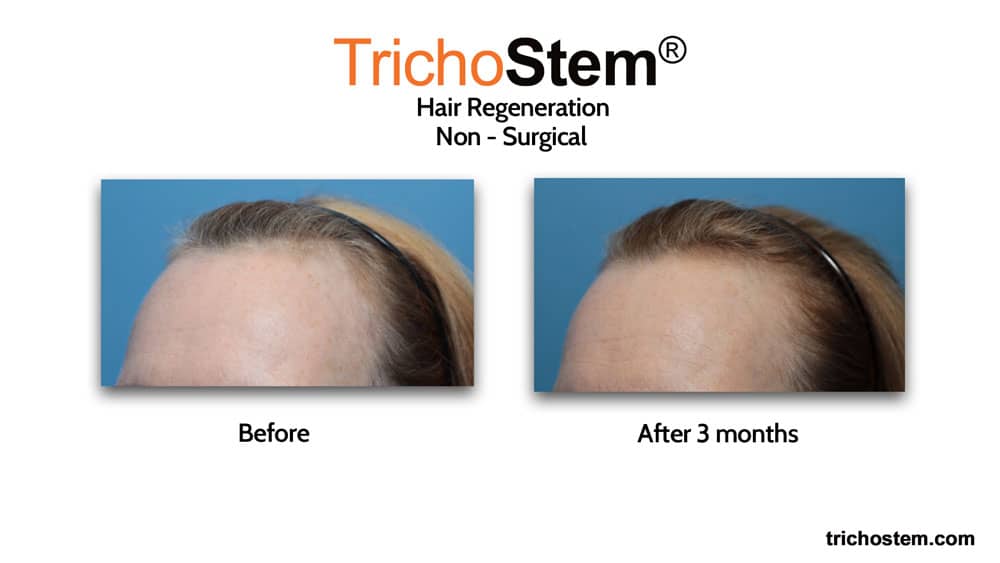
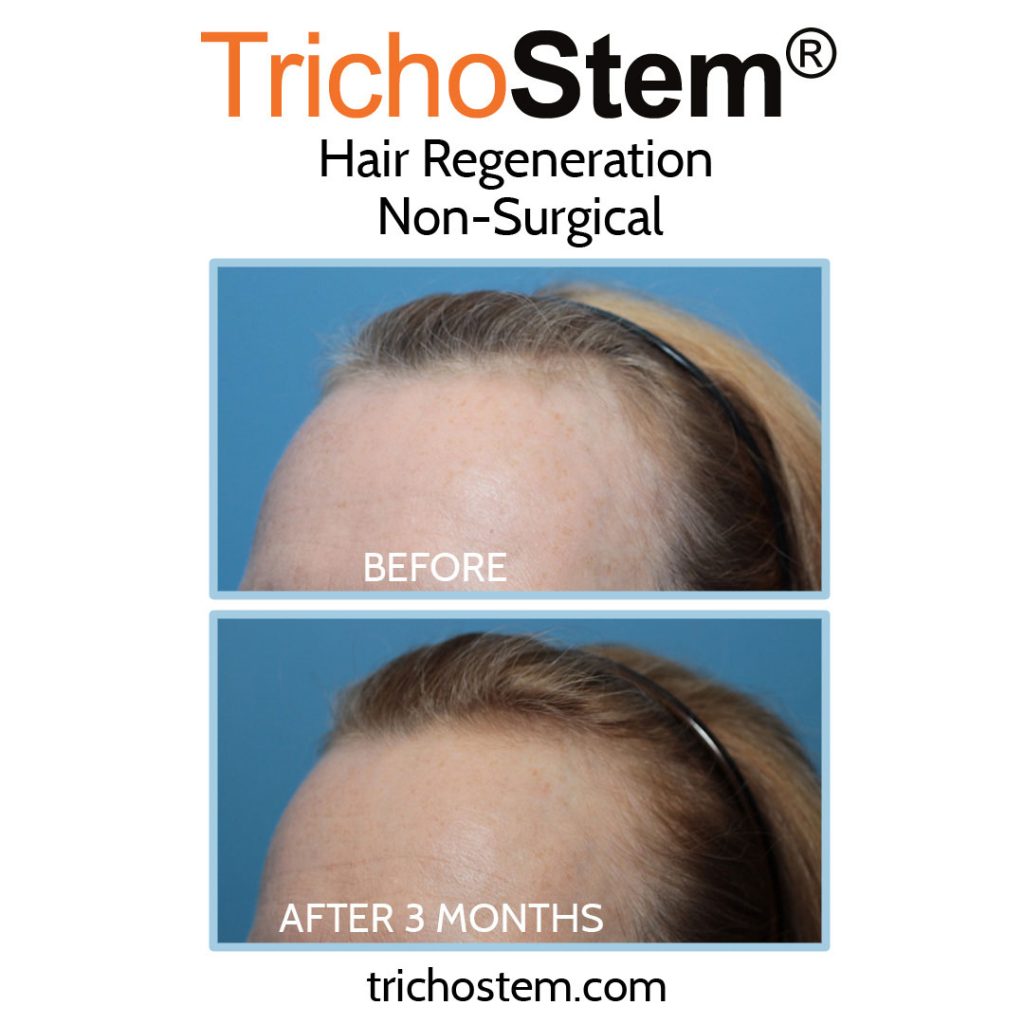
TrichoStem Hair Regeneration: Treatment for Female Pattern Baldness
The TrichoStem Hair Regeneration treatment involves the application of a wound healing material called extracellular matrix made by the company ACell, combined with PRP or platelet rich plasma derived from your own blood. Typically, with only one treatment session, TrichoStem Hair Regeneration has helped women with female pattern hair loss improve their scalp coverage. Since 2011, we’ve helped people from around the world with female pattern hair loss and have seen significant improvement in over 99% of the patients we have treated.
TrichoStem Hair Regeneration is tailored to your specific gender, age of onset of hair loss, and degree of hair loss. I created this approach after conducting extensive analysis and observations on a wide spectrum of patients over a number of years. TrichoStem Hair Regeneration can last 3-5 years for most people following a single treatment session. Some patients with significant hair loss may require a second treatment 15-24 months after the first to thicken the finer hair growth stimulated by the first.

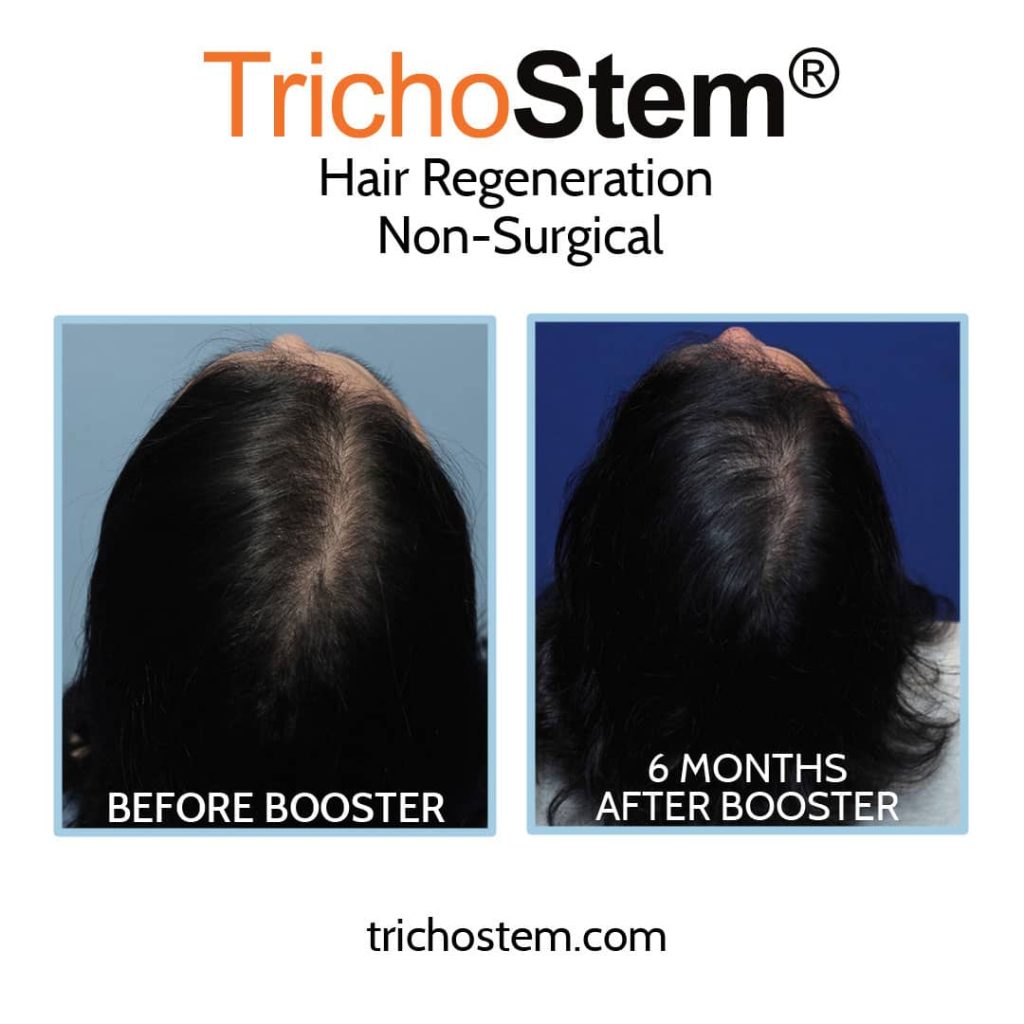

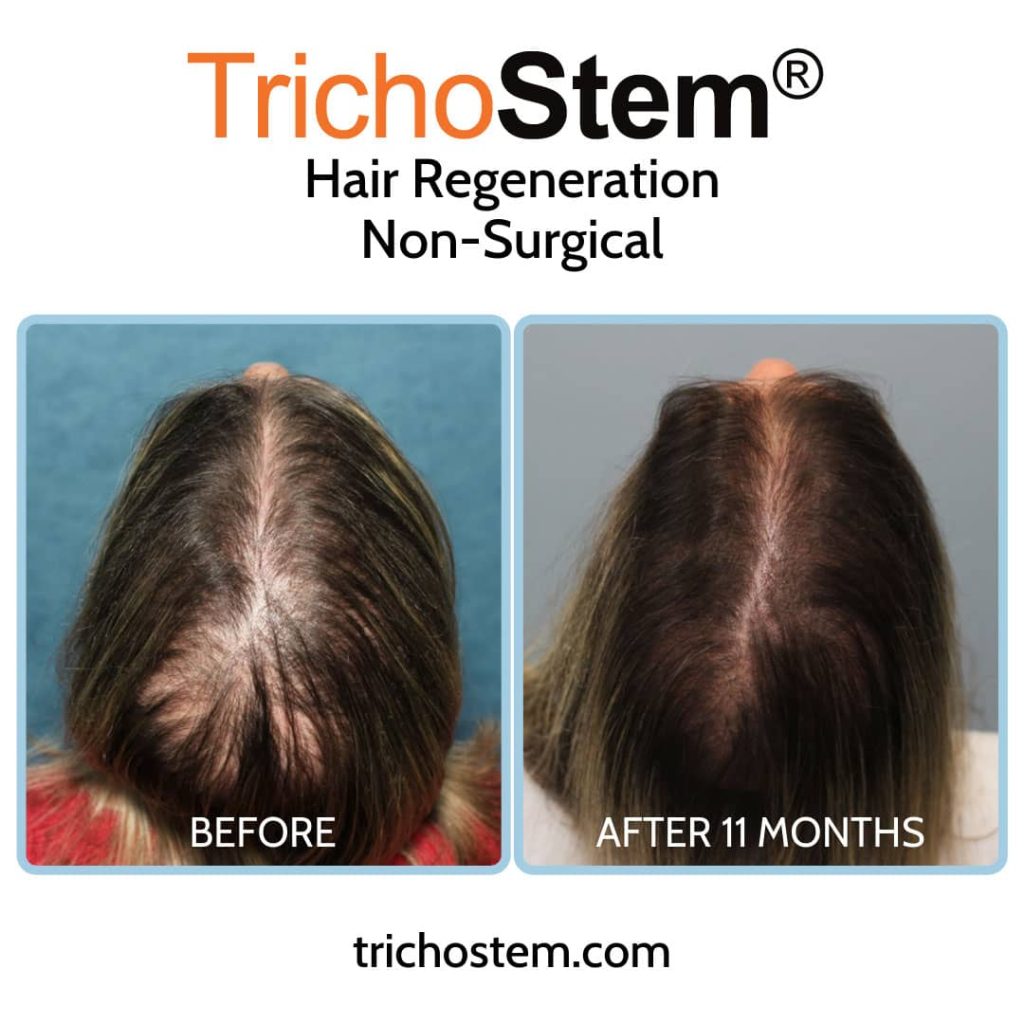

I know this because one of our initial patients, who prompted me to design TrichoStem Hair Regeneration, improved after a year of using ACell+PRP following a hair transplant. So we’ve already discovered a means to gain at least a year’s worth of benefit from a single therapy. I can safely assume that these practitioners did not devote the necessary time to learning how to employ extracellular matrix by ACell. Since other treatments use too little extracellular matrix in the formulation, it is effectively simply plain PRP.
It might be argued that adding the phrase “ACell” is done to justify charging extra without evidence of specific benefit over PRP alone. I can testify from direct experience that this acellular matrix is extremely tough to work with. Although utilizing too little extracellular matrix in the formulation has no substantial advantage, using too much extracellular matrix in the formulation can induce severe inflammation, which can cause considerable hair shedding.
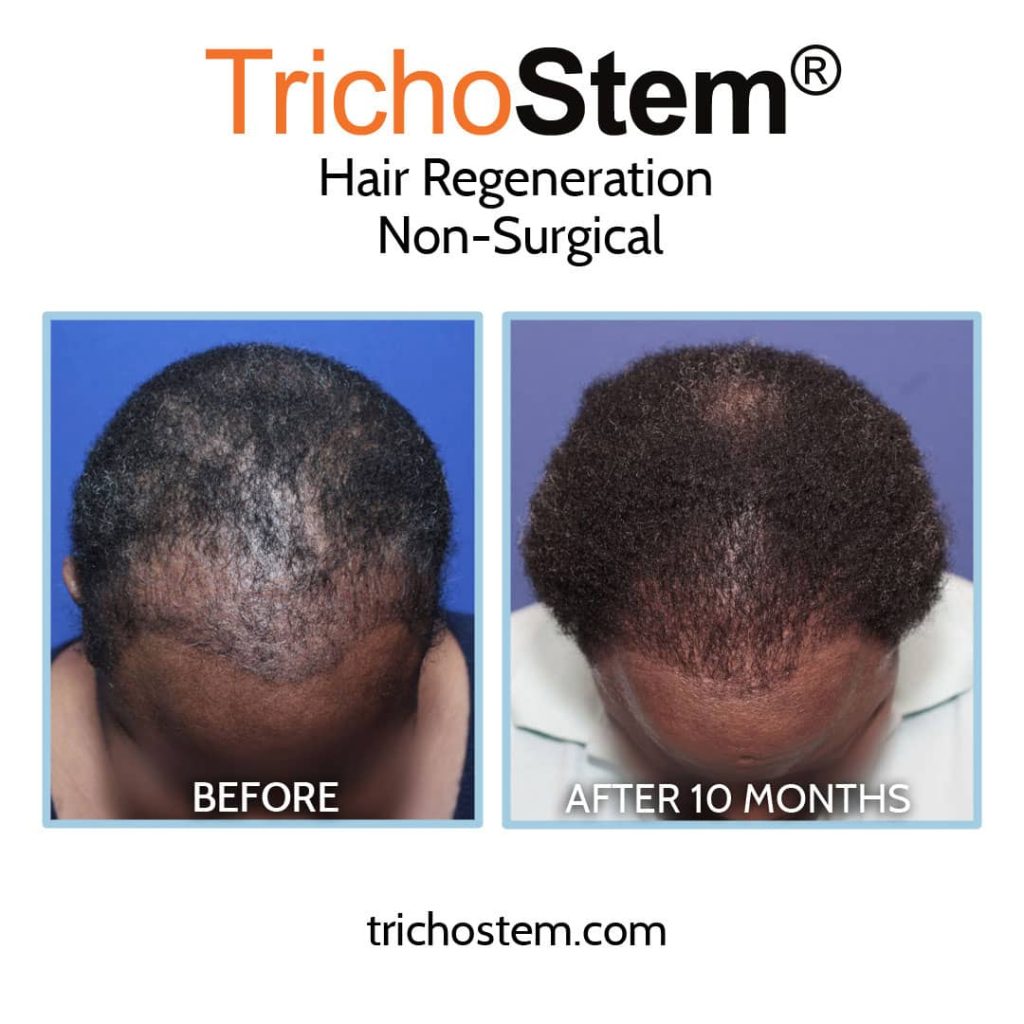

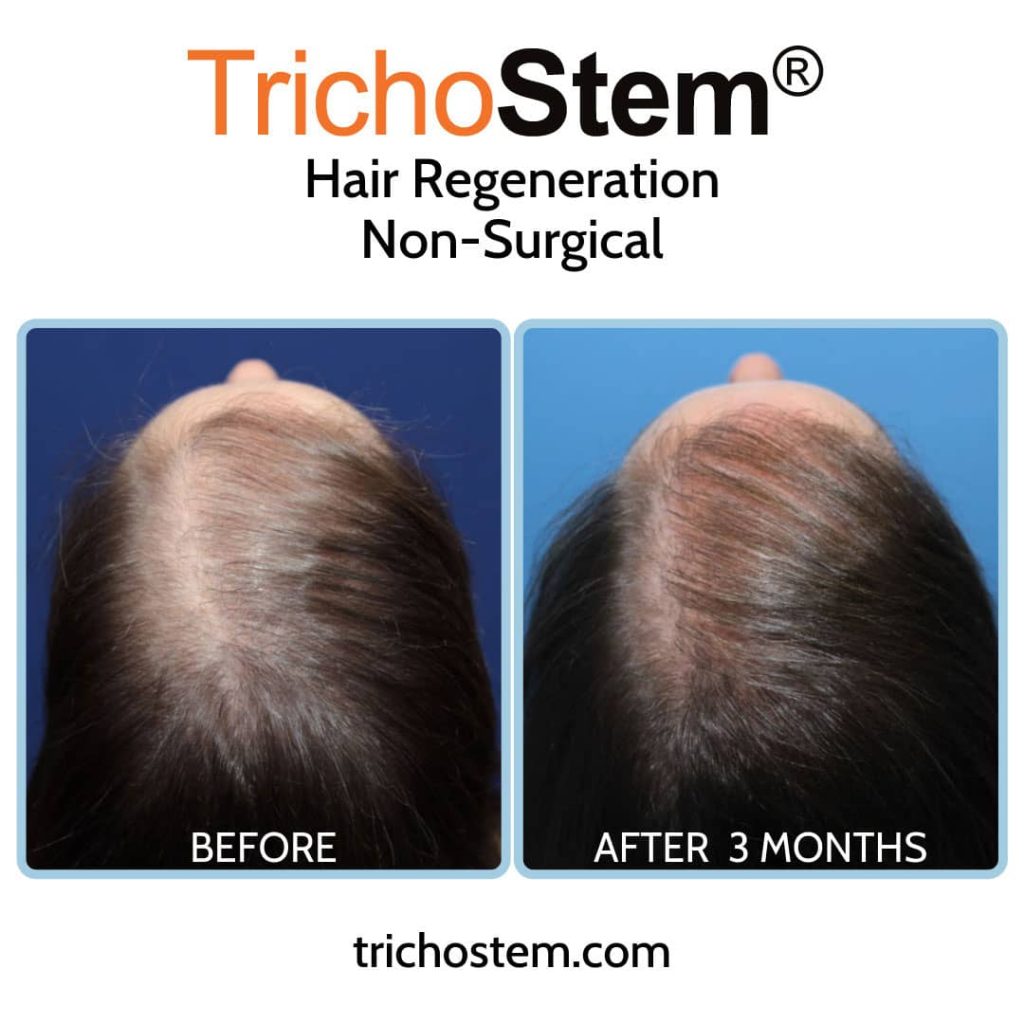
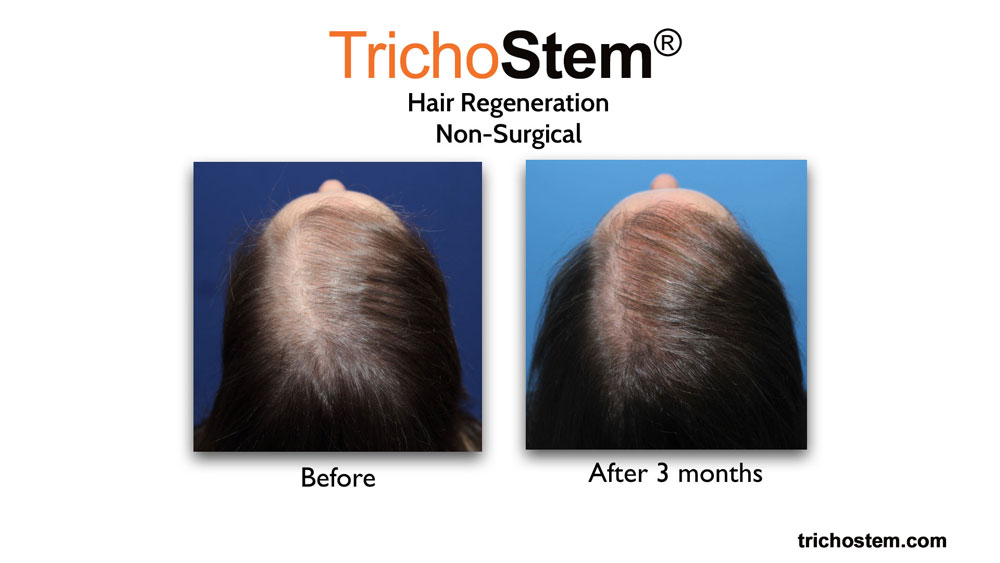
Best hair loss treatment for female in 20s, 30s - 60s
In conclusion, minoxidil plus spironolactone may be beneficial to those experiencing female pattern hair loss. However, after more than ten years of professional experience treating hundreds of women each year with TrichoStem Hair Regeneration, we now offer a highly successful and long-lasting solution to female pattern baldness that does not require minoxidil, or spironolactone to sustain results.
Female Pattern Baldness Treatment New York and Virginia
Dr. Amiya Prasad is a Board-certified cosmetic surgeon as well as a Fellowship-trained oculofacial plastic and reconstructive surgeon. He’s been in practice for over 25 years in New York City, Long Island, and Virginia. To find the best treatment for your hair loss problem, a proper physical evaluation is necessary. Contact us by filling out the contact form below or call any of our offices: Manhattan, New York City at (212) 265-8877; or Garden City, Long Island at (516) 742-4636; or Vienna, Virginia at (703) 356-1336.
